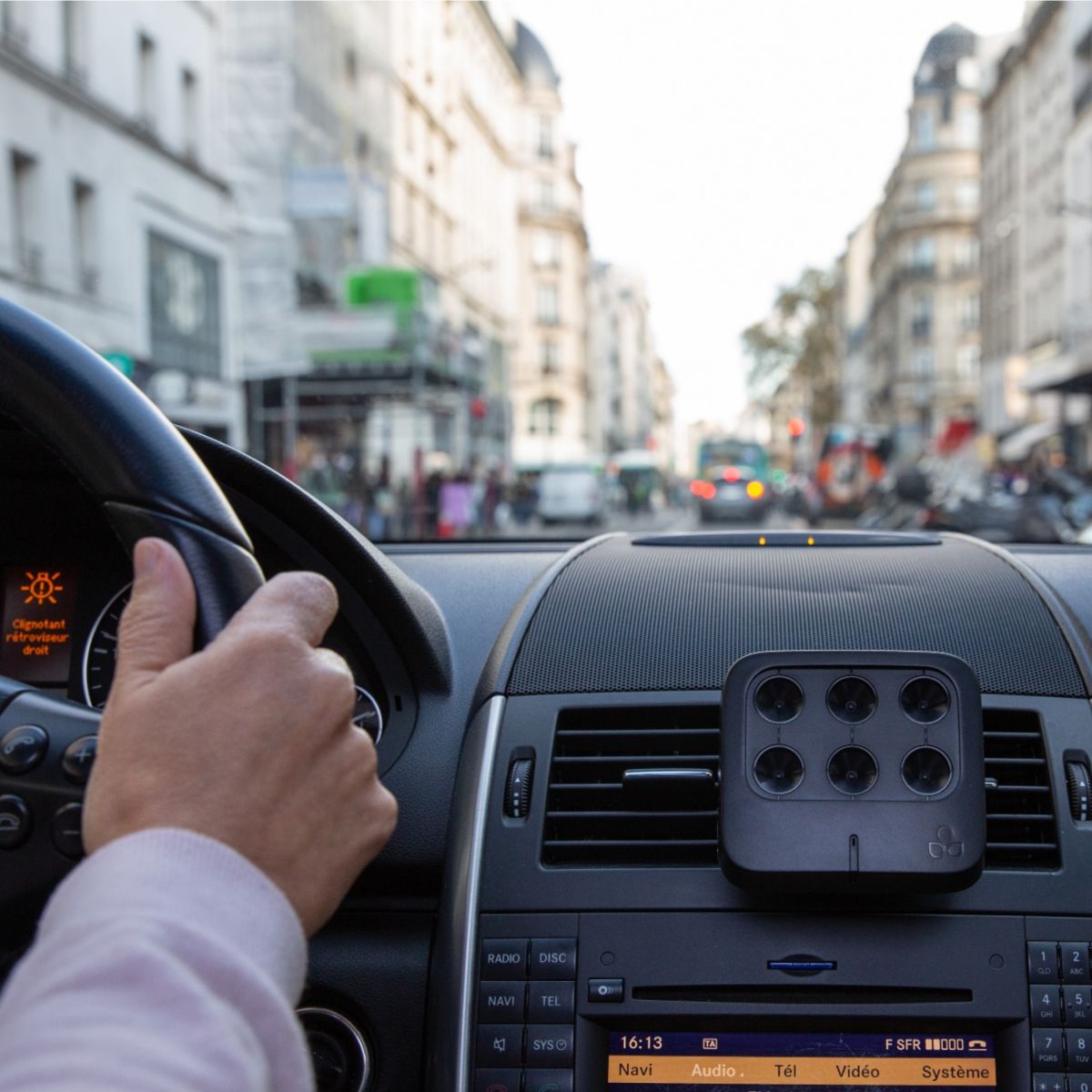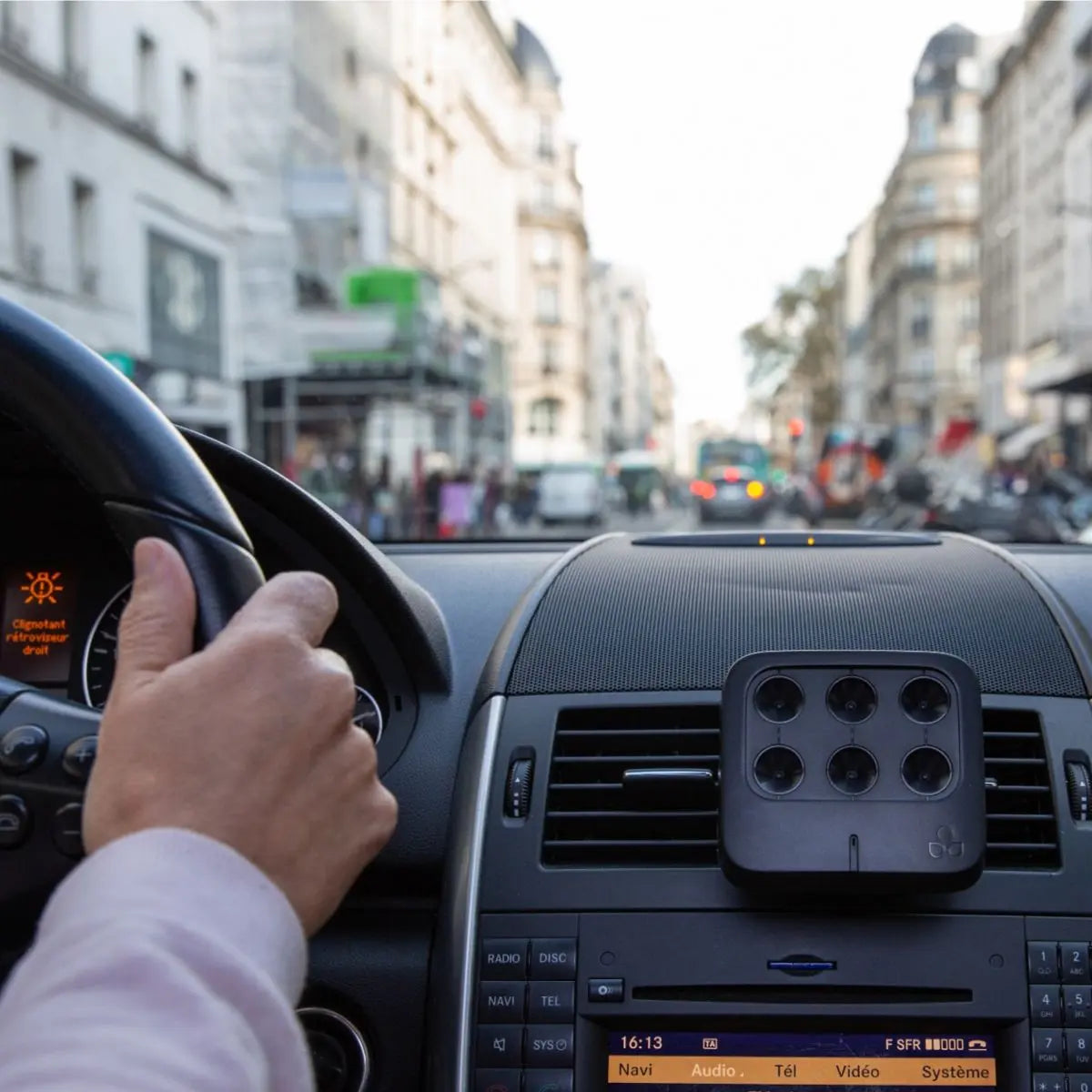The Scope of Urban Air Pollution
Urban areas are significantly affected by air pollution due to high population density and reliance on fossil fuels. According to the United Nations Habitat, cities consume 78% of the world's energy and produce over 60% of global greenhouse gas emissions. Yet, they cover less than 2% of the Earth's surface.
The adverse effects of climate change are amplified in poorer and low-income neighborhoods, where residents often live in makeshift homes in areas prone to flooding, landslides, and earthquakes. Additionally, these communities often lack adequate resources and access to emergency services, exacerbating their vulnerability.
The European Air Pollution Challenge: A Case of France
In recent years, France has experienced several episodes of atmospheric pollution. Major French cities often exceed the alert threshold for PM2.5 fine particle pollution. Persistent anticyclonic weather, continuous atmospheric pollutant emissions, and inadequate measures often lead to rare levels of atmospheric pollution peaks in most major French cities.
Practically all major French urban areas have experienced an air quality index that has reached the worst levels ever recorded. The European Union has established regulatory provisions in the form of health standards to be respected. These include monitoring air quality, informing the population about air quality, respecting the health standards set, and implementing action plans in areas that exceed sanitation standards so that the standards can be met as soon as possible.
The Role of Transportation in Urban Air Pollution
Transportation is a major contributor to urban air pollution. In French cities, for example, automobile transport alone accounts for 63% of nitrogen oxide emissions. To combat this, several measures have been implemented, such as the Crit'Air vignette, which classifies vehicles based on their year of birth and pollution prevention standards.
Other cities have opted for free public transportation, reducing the number of cars on the road. Additionally, the use of "cleaner" modes of transportation is being promoted. For instance, Paris is gradually modernizing its electric bus network.
Pedestrianization and Cycling as Pollution Solutions
Pedestrianization is another strategy that cities are adopting to combat air pollution. Montpellier, Nantes, and Strasbourg, for example, have pedestrianized zones ranging from 2% to 3% of their urban roads.
Cycling is also gaining popularity as a major mode of transportation. Cities like Tours, Strasbourg, and Nantes are competing for the title of the most "bike-friendly" cities.
The Impact of Building Heating on Air Pollution
The heating of buildings is another significant source of air pollution. In response, the French government has introduced measures to marginalize wood heating systems, which are considered highly polluting. The BBC (Low Consumption Building) label is awarded to buildings with low energy consumption for heating, air conditioning, lighting, hot water, and ventilation.
Eco-districts, which aim to reduce energy consumption and better protect natural resources, are also becoming more prevalent. These districts use natural resources such as biomass and solar energy to reduce soil, air, and water pollution.
The Role of Waste Burning in Air Pollution
Despite being illegal, the burning of green waste continues to degrade air quality in various French regions. The emissions from this activity, including fine particles and carcinogenic compounds, increase health risks. However, alternative solutions that respect air quality exist, such as composting, mulching, shredding, and collection in waste centers.
The Role of Industry in Urban Air Pollution
Industrial activities contribute significantly to urban air pollution. In response, regulatory measures have been implemented to reduce emissions from industrial sources. These measures encompass sector-specific regulations, fiscal measures, awareness-raising initiatives, and actions to improve knowledge.
The Role of Cities in Combating Air Pollution
Cities worldwide have started to adopt measures to reduce greenhouse gas emissions and encourage the use of alternative energy sources. Measures to combat climate change will need to be intensified to accommodate population growth and the rapid evolution of climate change.
In Jamaica, the UN-Habitat Initiative on Cities and Climate Change has enabled the population to appreciate "planning as a sustainable tool in favor of climate-friendly cities." This program has strengthened community exchanges, allowing residents to be informed of activities carried out in favor of the fight against climate change.
The Impact of Air Pollution on Health
The World Health Organization (WHO) has reported that 93% of the world's children are exposed to toxic air daily. In 2016, an estimated 600,000 children died of acute lower respiratory infections due to air pollution. The WHO recommends implementing policies to reduce air pollution, such as better waste management and the use of healthy technologies and fuels for cooking, heating, and lighting homes.
Conclusion: A Collective Effort
The fight against urban air pollution requires concerted efforts from all stakeholders, including the state, local authorities, public operators, businesses, citizens, and non-governmental organizations. By modifying individual and collective behaviors, it is possible to address the major challenges of reducing greenhouse gas emissions and combating air pollution.
Although significant strides have been made, the battle against urban air pollution is far from over. However, with sustained commitment and innovative solutions, our cities can become cleaner, healthier, and more sustainable places to live.















